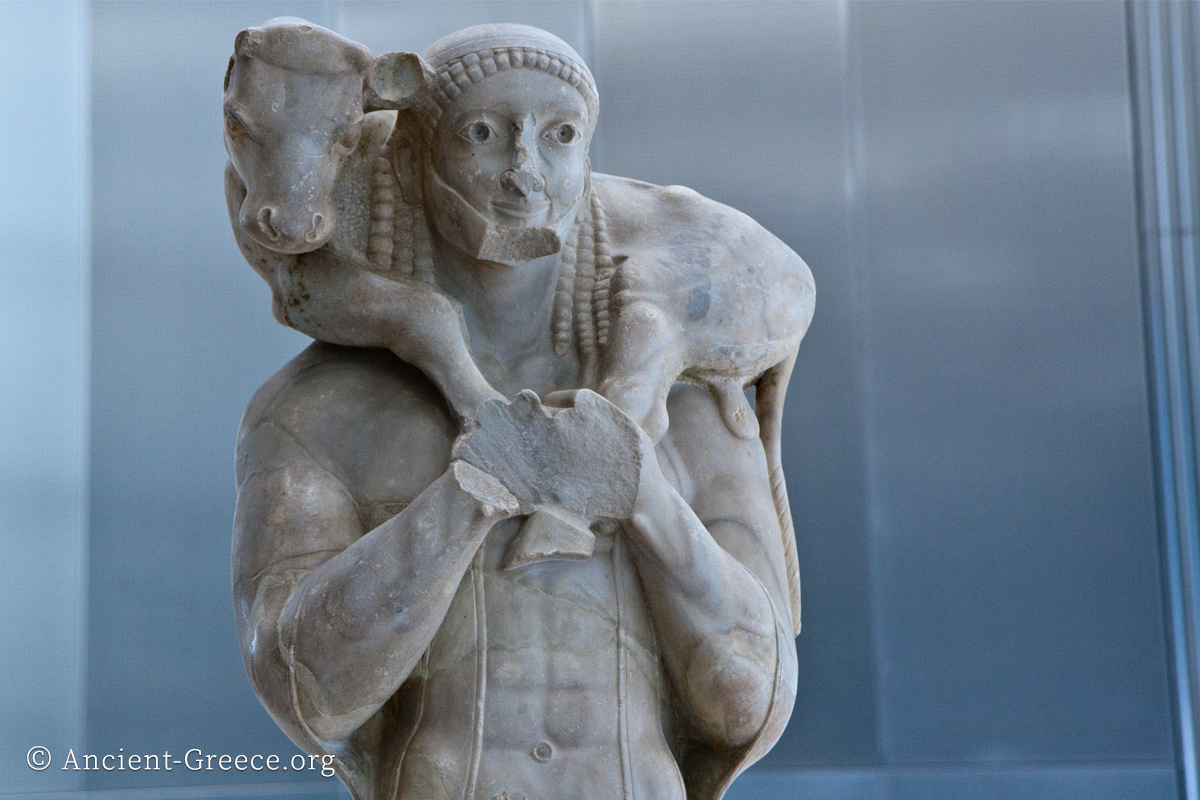Art & Architecture
-
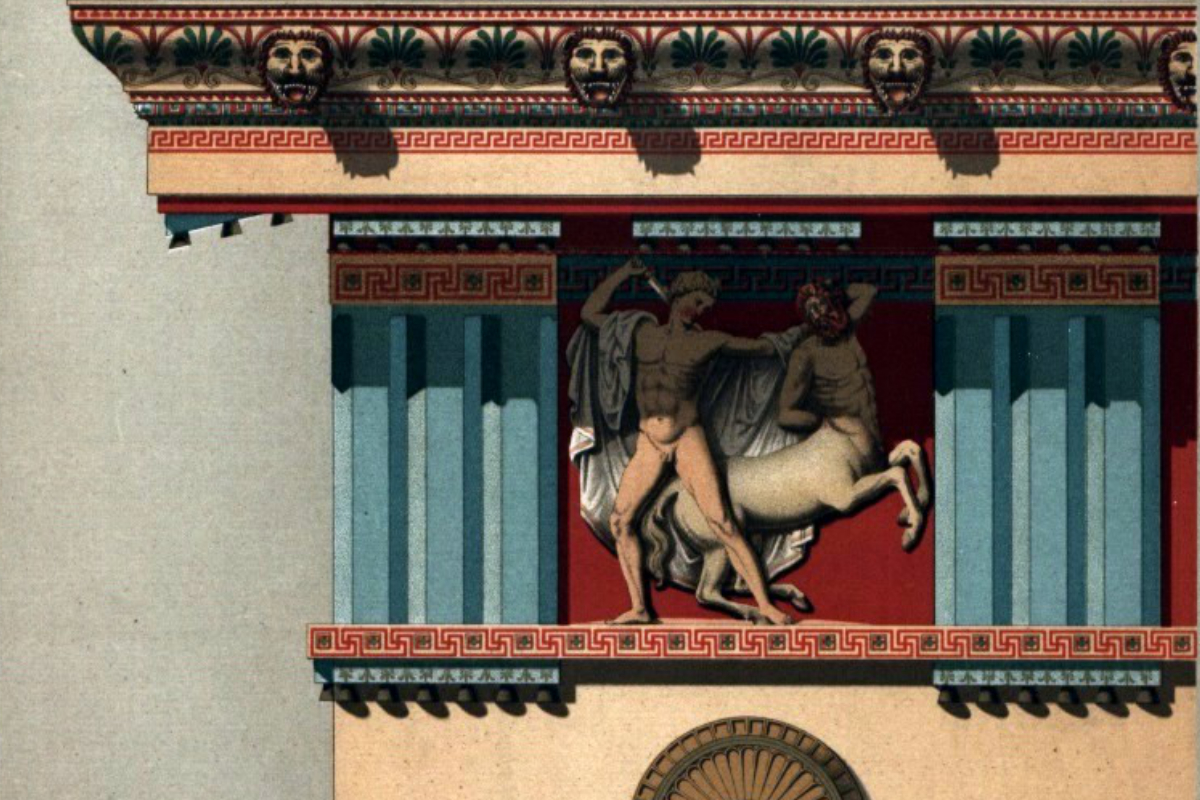
The Colors of the Parthenon
Read more: The Colors of the ParthenonRediscovering the Temple’s Colors The colors of the Parthenon have washed away over the past 2400 years, but pigment remnants can still be traced on certain surfaces, so we know that the building was colored. But was every…
-
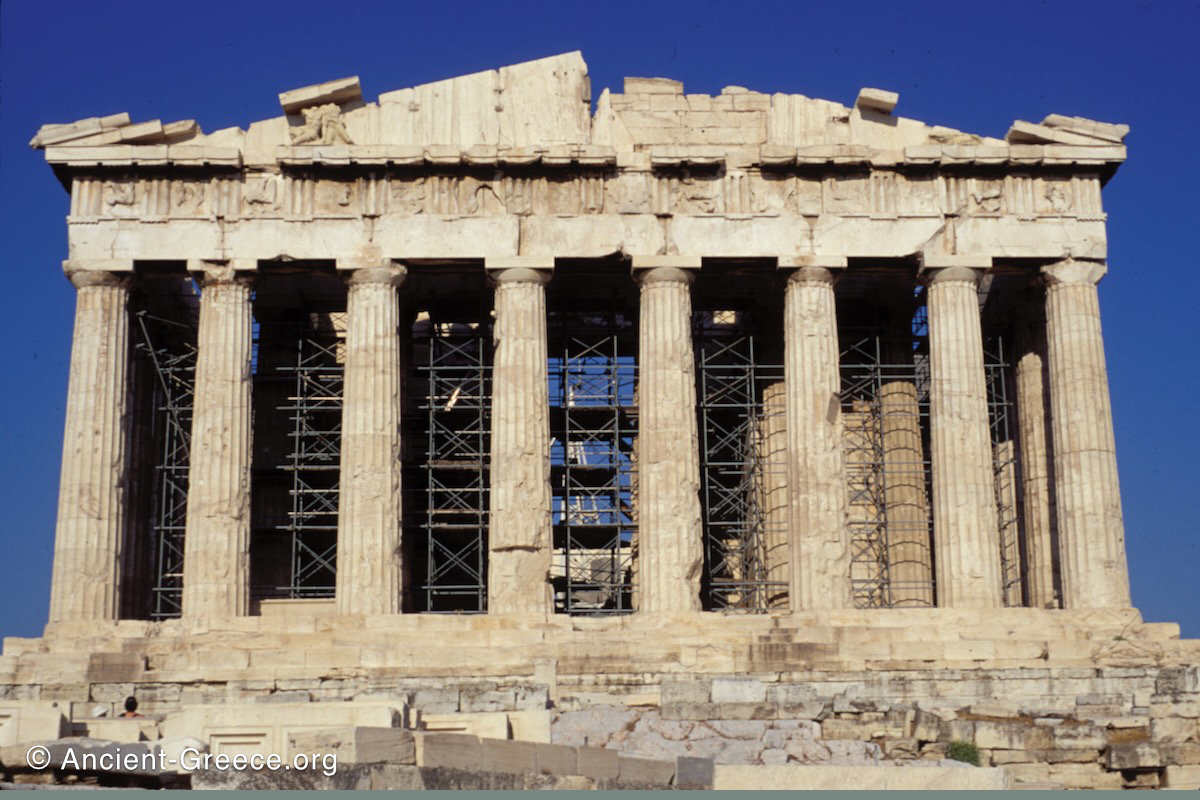
The Parthenon
Read more: The ParthenonΟ Παρθενώνας (Parthenon), is an Ancient Greek temple in the Acropolis of Athens, dedicated to Athena Pallas or Parthenos (virgin). It is widely considered to be the pinnacle of Classical Greek architecture, and over the years it has…
-
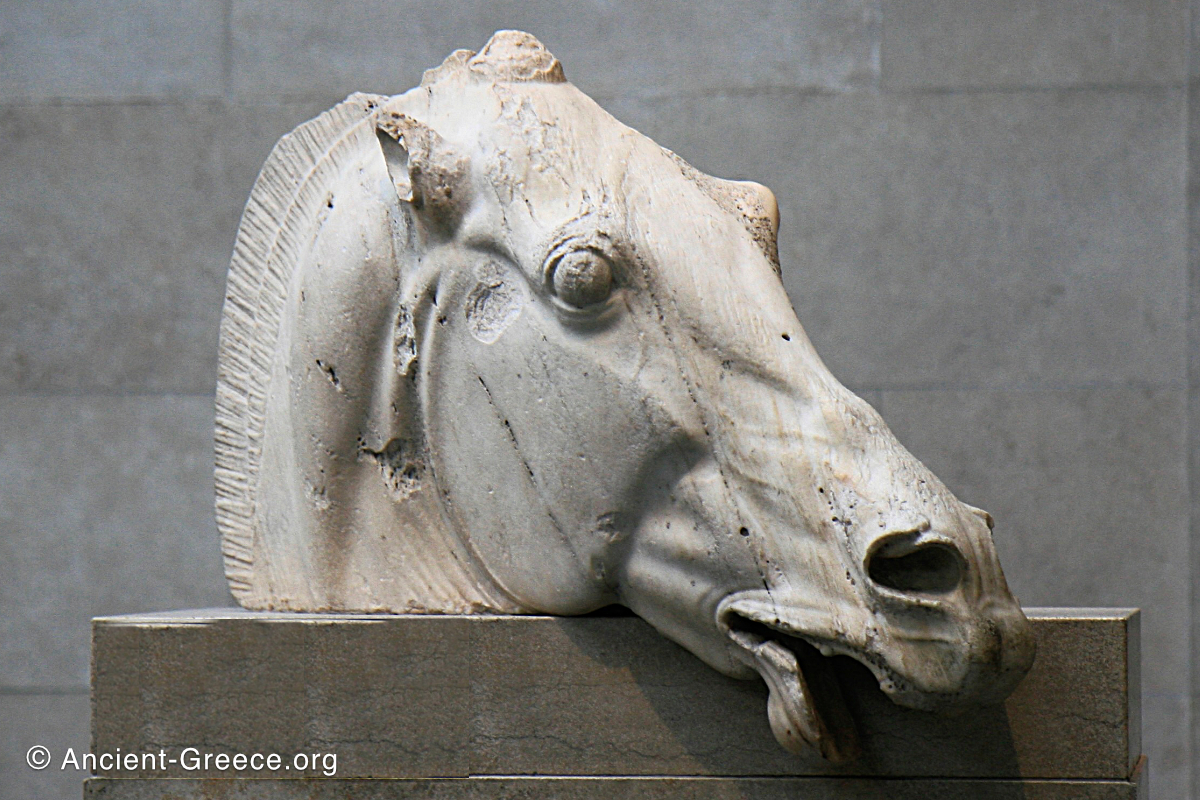
The Sculptures of the Parthenon
Read more: The Sculptures of the ParthenonThe Parthenon’s exterior was adorned with an abundance of sculptures. Above, and on the outer side of the colonnade we find the traditional Doric frieze that was decorated with alternating metopes and triglyphs. The exterior wall of the…
-
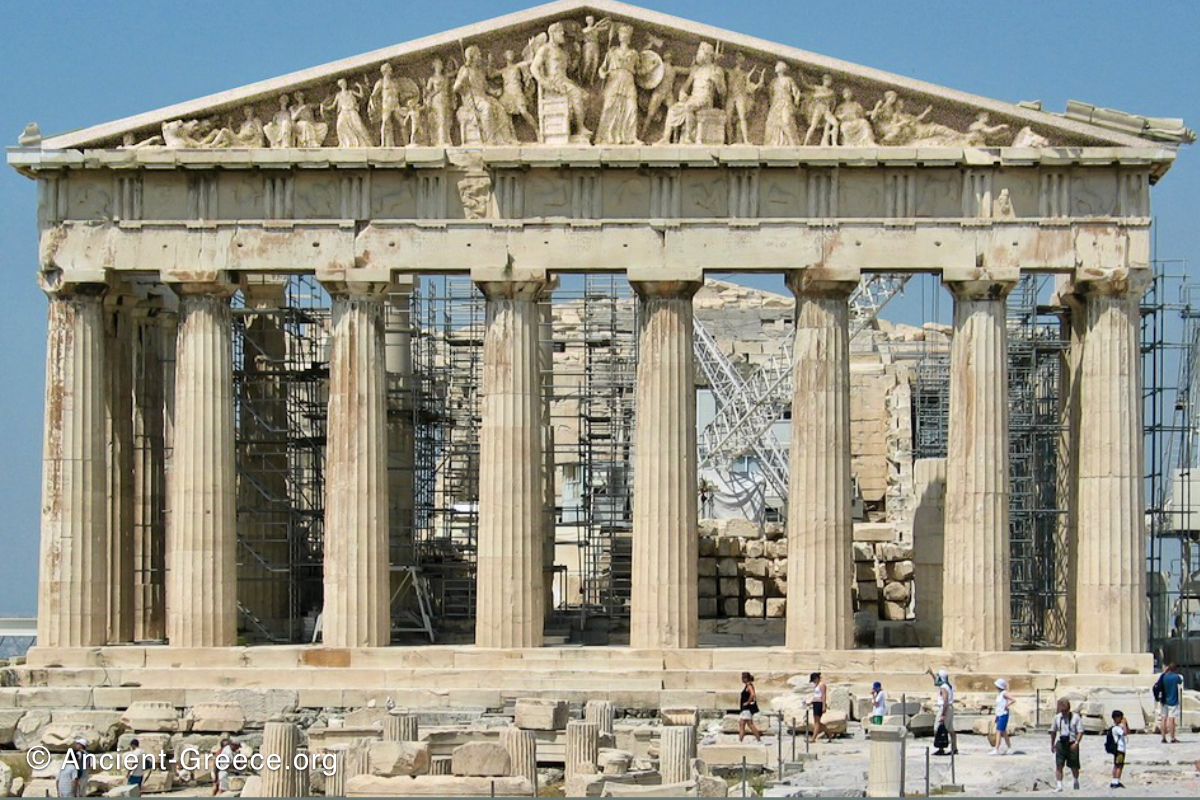
The Parthenon Pediments
Read more: The Parthenon PedimentsThe Parthenon pediments were lavishly adorned with sculptures that filled their triangular shapes in both the east and west facades. The sculptures of the Parthenon pediments are some of the finest examples of classical Greek art. Both sculptural…
-
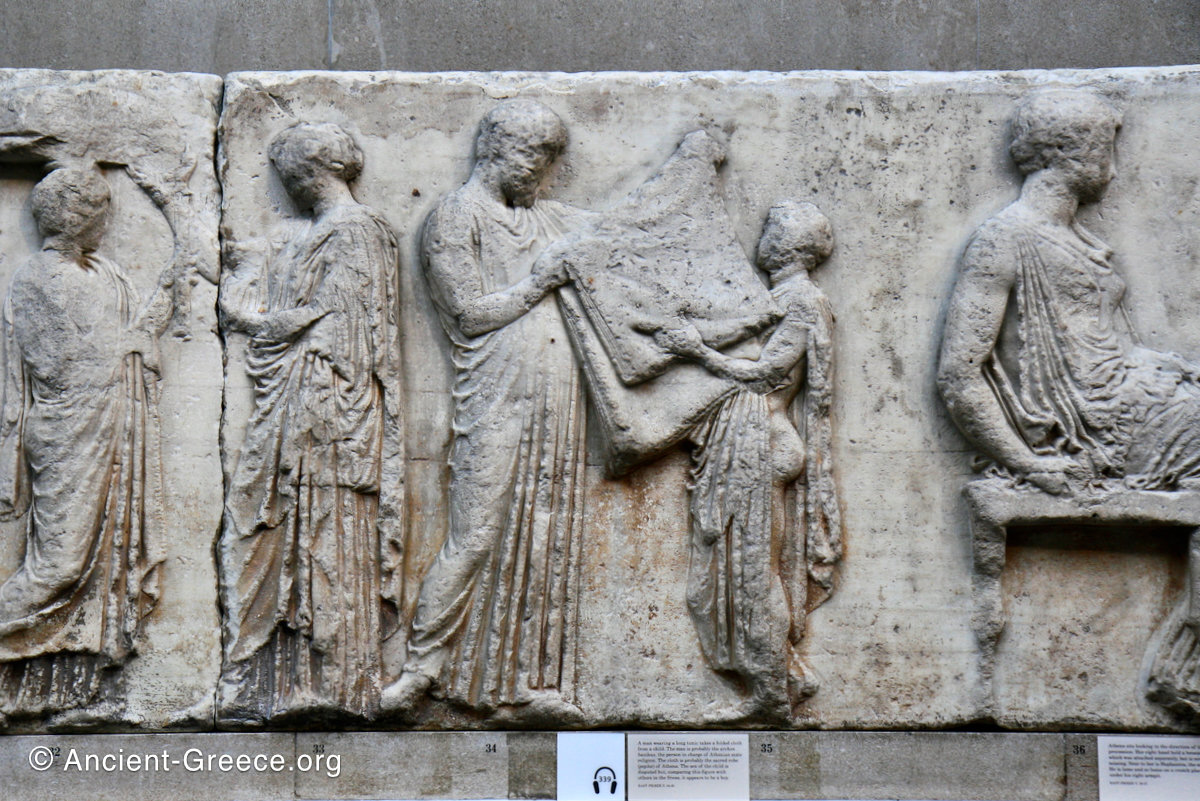
The Parthenon Frieze
Read more: The Parthenon FriezeParthenon Frieze Slideshow The Parthenon frieze is a continuous 1 meter high, 160 meters long, and 6 centimeters deep band of relief sculptures, created specifically to crown the entirety of the temple’s exterior wall. The sculptures are executed…
-
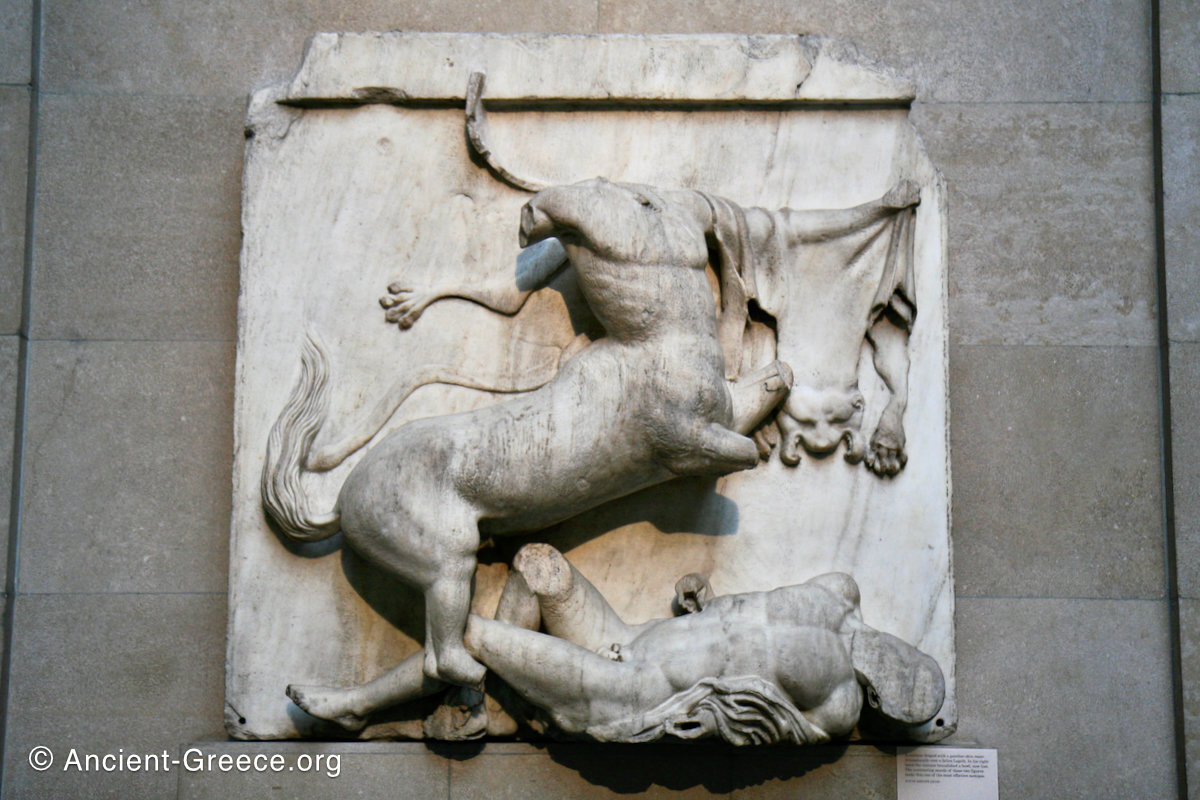
Parthenon Metopes
Read more: Parthenon MetopesPhotographs of the Parthenon metopes from the Acropolis, and the British museums. The Parthenon metopes were visible on the exterior of the temple above the colonnade. They were sculpted in deep relief and surrounded the temple on all…
-
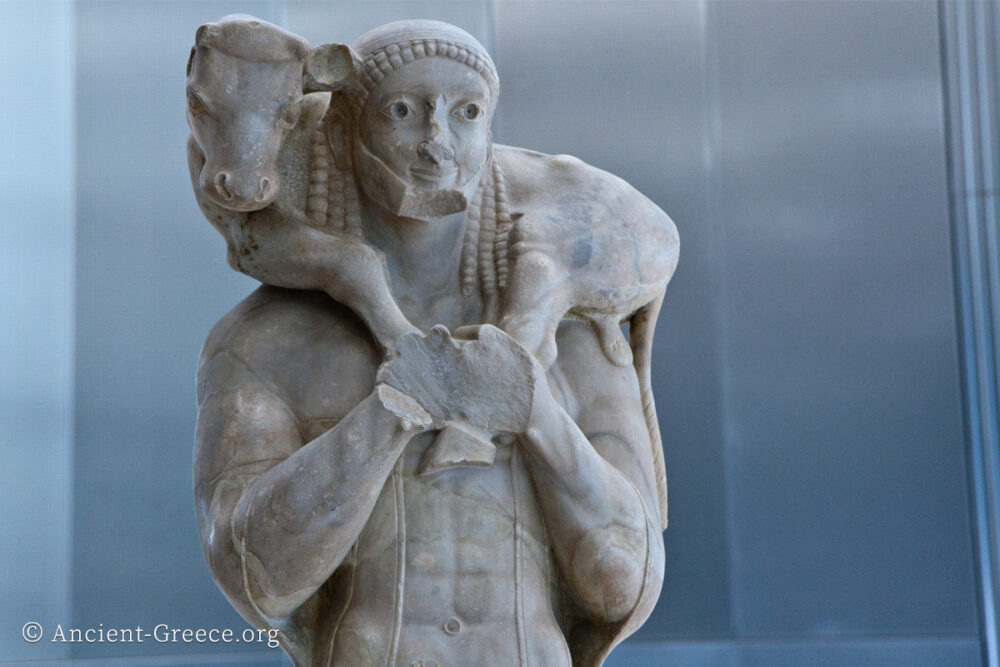
Moschoforos (The Calf Bearer)
Read more: Moschoforos (The Calf Bearer)Moschoforos, or The Calf Bearer. Marble, 1.64 m tall, c. 560 BCE. Atributed to the sculptor Phaidimos. The statue was dedicated by Romvos (Rombos), and carries a sucrificial calf for Athena. The statue is unique in that it does…
-

Charioteer of Delphi
Read more: Charioteer of DelphiThe “Charioteer of Delphi” (Greek: Ἡνίοχος, meaning the rein-holder; often transliterated as Heniokhos or Iniohos“) is one of the best known ancient Greek statues, and one of the best preserved Classical bronze casts. It is considered a fine…
-
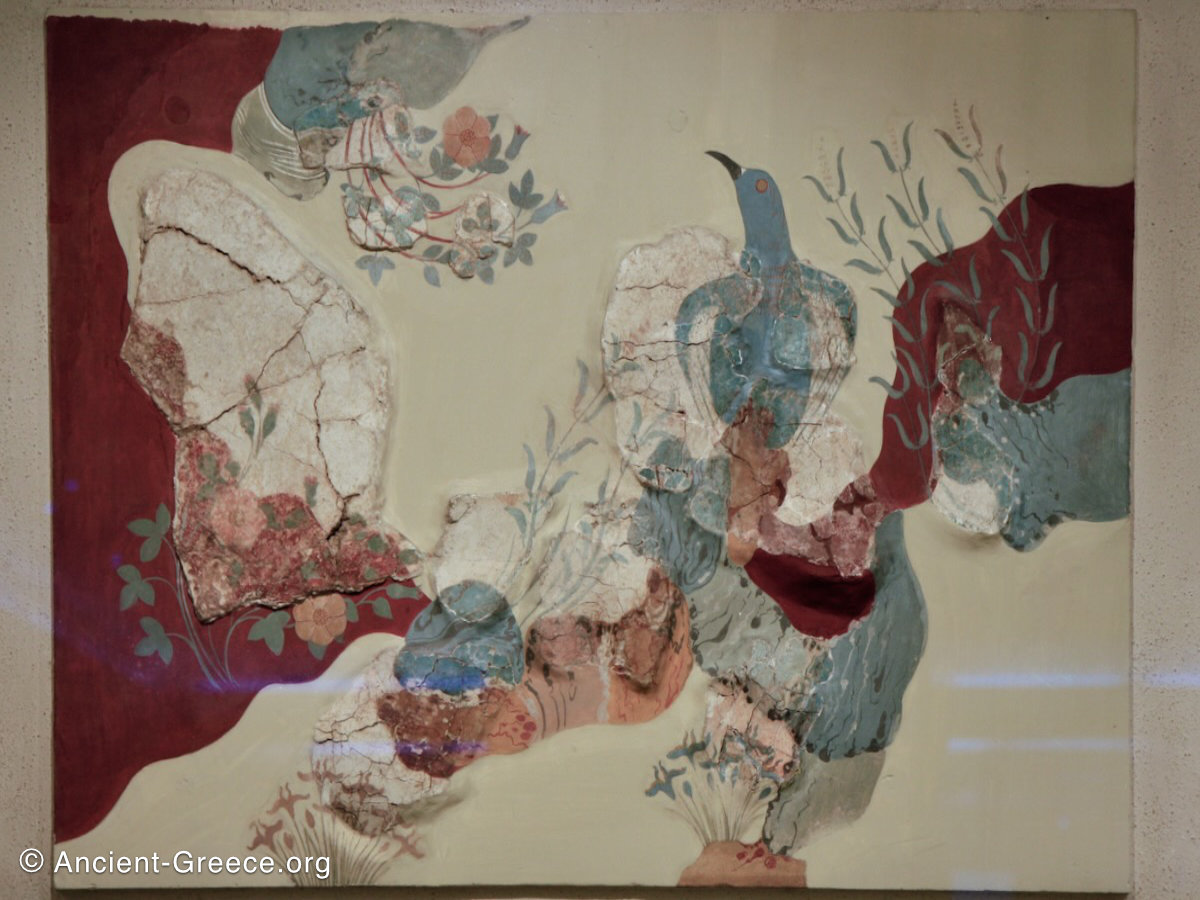
Minoan Art
Read more: Minoan ArtWhat has survived to our day from Minoan art provides insight into the culture that flourished in Crete during the Aegean Bronze Age. The art of the Minoans speak of a society of joyous disposition, in touch with…
-
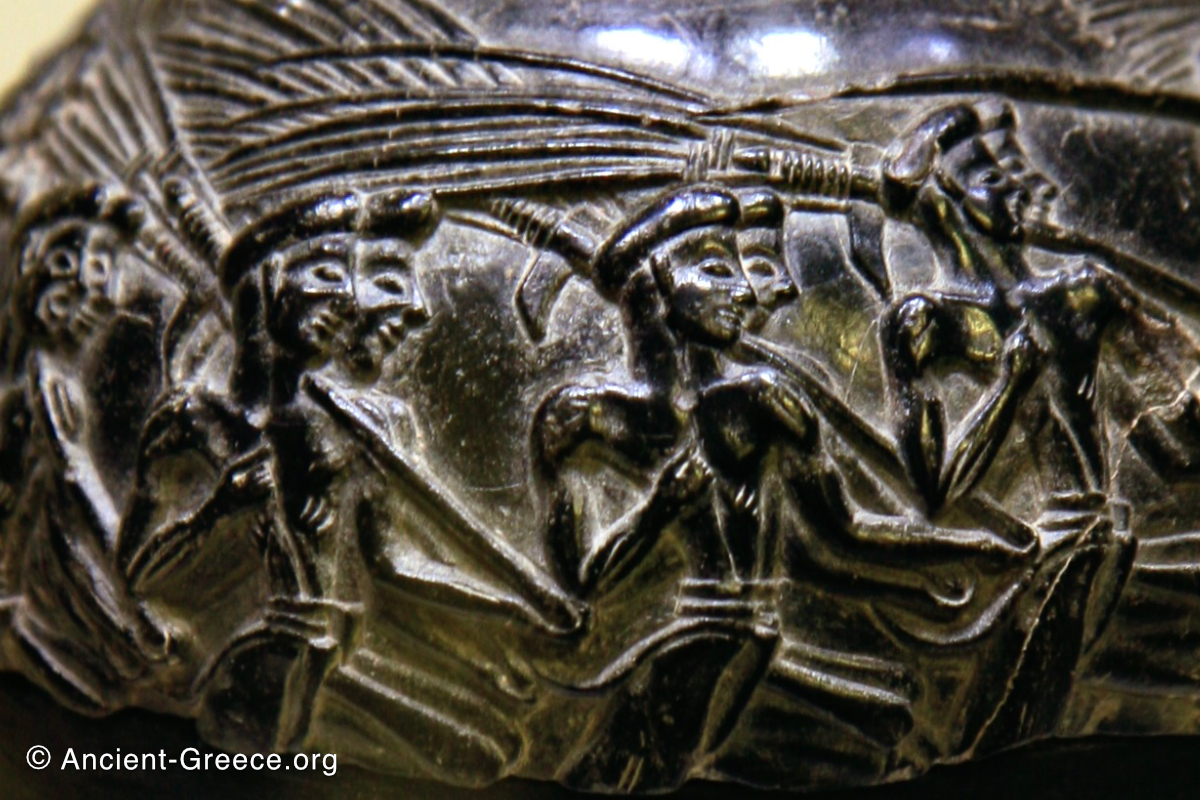
The Harvester Vase
Read more: The Harvester VaseA masterpiece of low relief sculpture The Harvester Vase is a rhyton from Bronze Age Crete, Greece, unearthed in the Minoan villa known as Agia Triada. It was made of steatite, which is a green-brown soapstone, between 1500…


